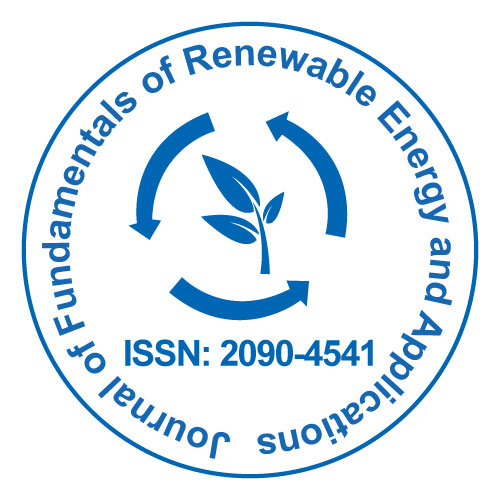
புதுப்பிக்கத்தக்க ஆற்றல் மற்றும் பயன்பாடுகளின் அடிப்படைகளின் இதழ்
திறந்த அணுகல்
ஐ.எஸ்.எஸ்.என்: 2090-4541

ஐ.எஸ்.எஸ்.என்: 2090-4541
Hongbo Du, Raghava R. Kommalapati and Ziaul Huque
A large amount of emissions from area industry and transportation causes severe air pollution problems in the Houston metro area in Texas. Bioethanol has been added in gasoline for many years in the US and the aim is to not only reduce the consumption of the fossil fuels, but also to improve air quality. Life cycle assessment is carried out to evaluate energy and water use, and emissions from transportation vehicles fueled with gasoline and blended fractions of bioethanol in Houston metro area. The emissions examined include greenhouse gases (GHG), VOC, SOx, CO, NOx and PM2.5 and PM10. Some blends of gasoline and bioethanol derived from corn, such as E0, E10, E20, high octane fuel (HOF) E25, HOF E40, E50, E85 and E100 were investigated to study the effects of the blends on the criteria emissions. The emissions were analyzed for three pathways, well-to-pump, pump-to-vehicle and wellto- wheel using the GREET 1 2015 model. The well-to-pump analysis generally showed that only GHGs emissions reduce with the increase of bioethanol blend rates, not other pollutants. The pump-to-vehicle study verified that HOF E25 and HOF E40 are excellent for the vehicles equipped with traditional SI engines and E85 is better for Fuel flexible vehicles (FFV). The well-to-wheel study showed that GHG and CO emissions are reduced with the increase of the bioethanol in the fuel blends; the use of energy and water increases at higher bioethanol ratios; and HOF E25 and HOF E40 are competing fuels to E10 with excellent performance, lower CO2 emissions and slightly increase of other emissions.